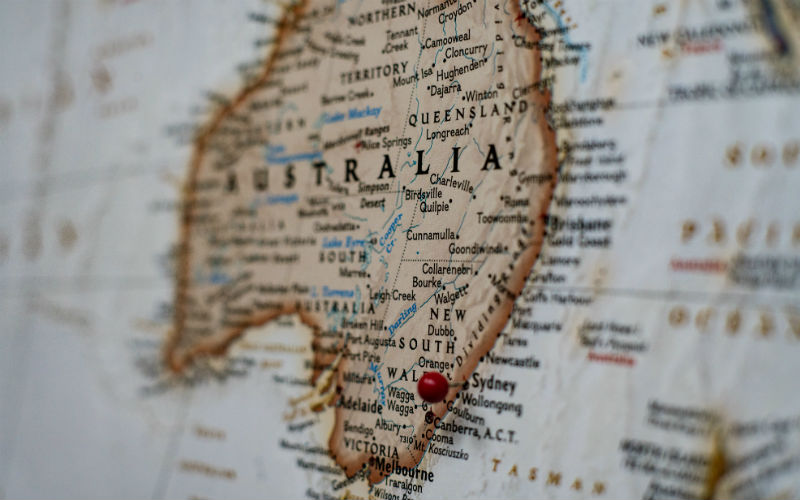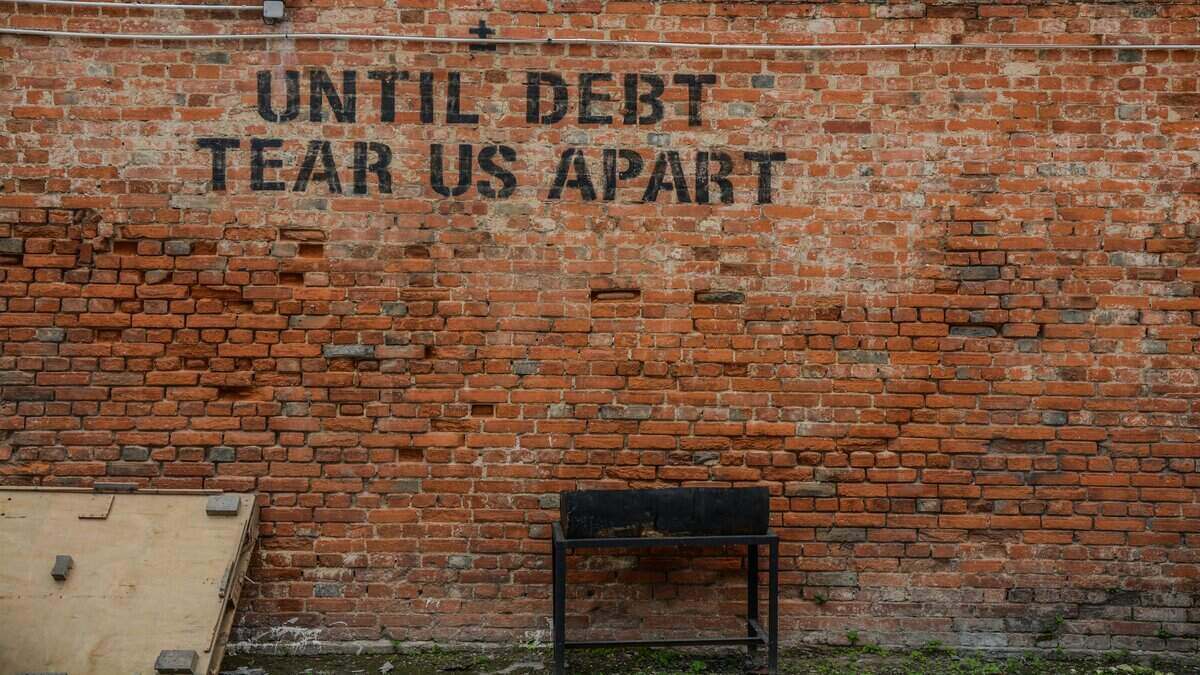Rental vacancy rates in lower socio-economic suburbs are as low as 1.1.% in contrast to an average of 1.8% for more affluent Australian suburbs, Suburbtrends data shows.
Tenants in inner-Melbourne are by far the most at risk of displacement, followed by those on the Gold Coast and Sydney’s city and inner southern suburbs.
The top ten areas with tenants identified at high risk of displacement are below:
| Rank | Area | Region | At risk households |
| 1 | Greater Melbourne | Melbourne -Inner | 47,980 |
| 2 | Rest of Qld | Gold Coast | 33,982 |
| 3 | Greater Sydney | Sydney - City and Inner South | 32,441 |
| 4 | Greater Sydney | Sydney - Inner South West | 27,681 |
| 5 | Greater Melbourne | Melbourne - South East | 24,703 |
| 6 | Greater Sydney | Sydney - Parramatta | 23,912 |
| 7 | Greater Melbourne | Melbourne - West | 22,098 |
| 8 | Greater Brisbane | Brisbane - Inner City | 21,418 |
| 9 | Greater Sydney | Sydney - North Sydney and Hornsby | 19,273 |
| 10 | Greater Sydney | Sydney - Inner West | 17,982 |
Source: Suburbtrends
Analysis by Suburbtrends director Kent Lardner found households forced to dedicate more than 30% of their income to rent, the marker for affordability, were systemically being edged out to more affordable neighbourhoods.
“Mounting pressure from the relentless increases in rents are prompting wealthier households to seek out cheaper rental homes, crowding out those in the lower socioeconomic ladder,” he said.
Mr Lardner labelled the rental market movement as “cascading displacement”, marginalising those unable to keep pace in the competitive rental market.
Rent up, vacancies down at record levels
The latest CoreLogic data shows rental growth rates in Australia re-accelerated in February, going up another 0.9% in a month, taking annual growth to 8.5%.
Perth recorded the highest annual change in rents over the 12 months to February, recording a 16.5% jump in the unit market and a 13.5% increase for houses.
Brisbane also saw a 12.3% annual increase in unit rents over the past year.
Rental vacancy rates also hit a record low last month, falling to 0.7% nationally, according to Domain’s latest Vacancy Rates report.
Renters in Adelaide and Perth are facing the tightest markets with vacancy rates in the two cities plunging to 0.3%.
What is a rentvestor?
Another study by the University of Adelaide’s Centre for Housing Research also found wealthier tenants, including ‘rentvestors’, are crowding out the lower end of the rental market.
The Our Housing Australia report identified the rise of rentvestors, typically higher income tenants who rent a home to live in while owning an investment property.
This can be because they may choose to live in areas with better lifestyle, work, commuting, or educational opportunities than where they can afford to buy.
The study found rentvestors now make up around 10% of the renting population, or around 300,000 households, which roughly equates to the number of households classified as social renters.
How are rentvestors affecting the rental market?
Report co-author Emma Baker said the rise of rentvestors puts further pressure on the rental market.
“The effect of having a bigger population who are renting for at least some time has added some extra pressure to rental affordability,” she said.
“This means the lower end of the rental sector are suffering quite a lot, so the pressure is being pushed down.”
The report also noted rentvestors may also be people who rent for “locational flexibility” to pursue employment or educational opportunities, or those who became rentvestors unintentionally through inheritance, marriage, or relationship breakdown.
Image by Kinga Howard on Unsplash

Ready, Set, Buy!
Learn everything you need to know about buying property – from choosing the right property and home loan, to the purchasing process, tips to save money and more!
With bonus Q&A sheet and Crossword!



 Brooke Cooper
Brooke Cooper
 Harry O'Sullivan
Harry O'Sullivan











